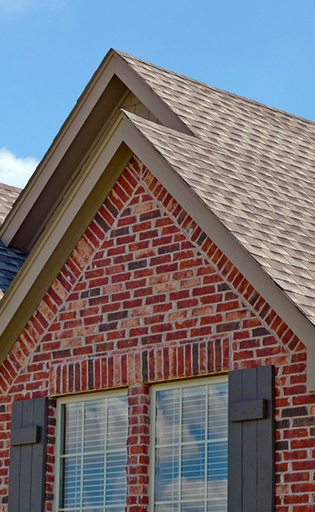When to Replace a Roof in Tennessee
Jan 9, 2023
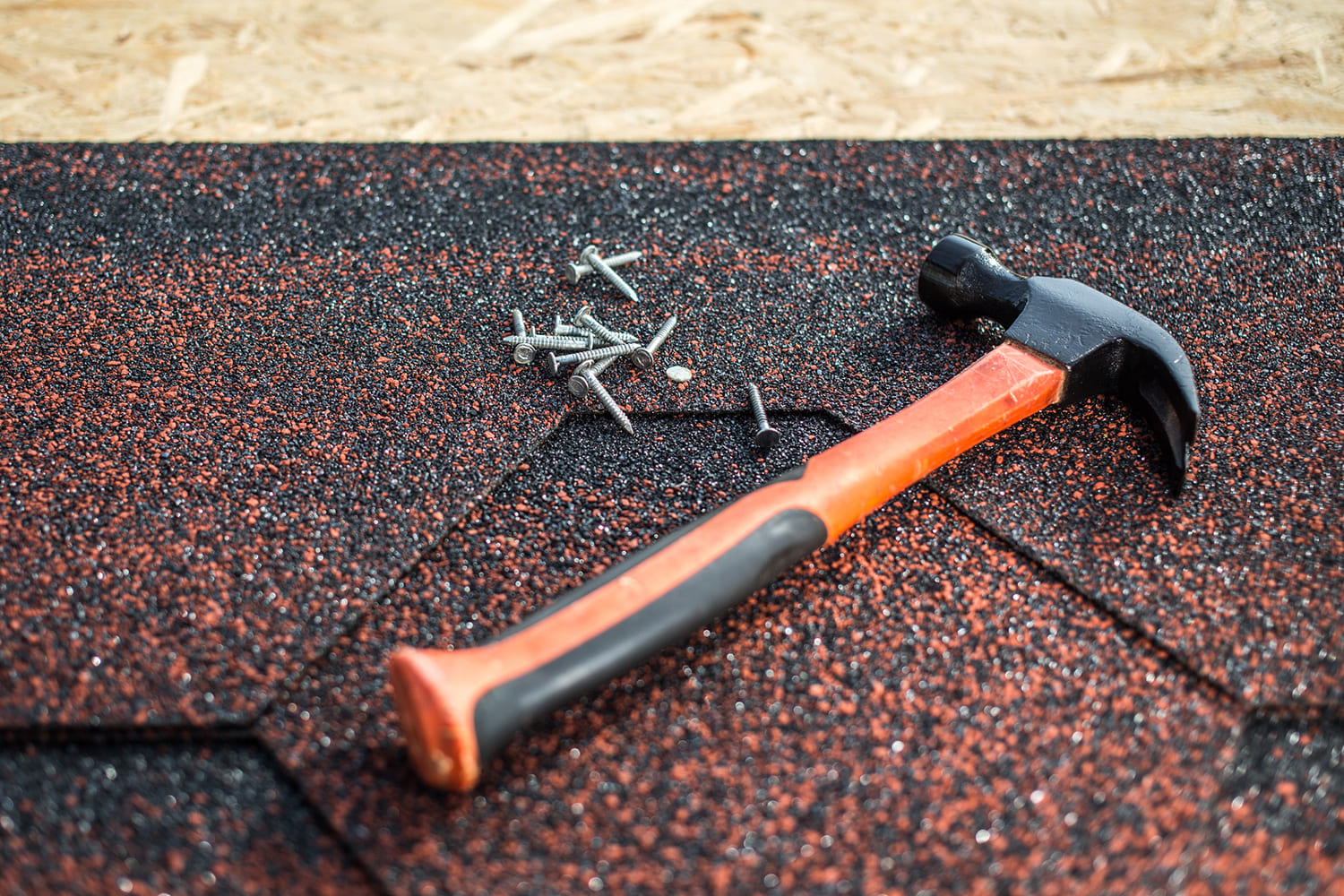
You should replace the roof on your Tennessee home roughly every 10 to 30 years depending on the type of roof installed on your home and its level of wear and tear. Roofs in Tennessee must stand up to harsh weather conditions.
If you aren’t sure when to replace your roof, first consider the roof’s age before making note of any warning signs. A roofing contractor can inspect your roof further and determine if repairs are needed or a full replacement is necessary.
First Consider the Age of Your Roof
Roofs don’t last forever, even though some have a lifespan of nearly a lifetime. Before you dive into replacing your roof or passing it off as a worry for next year, take into account its age. Not just the time you’ve had your home, but how long the roof has been on your home since before you bought it.
If you can’t remember or simply don’t know here’s what you should do:
- Ask the previous owners if you have their contact information (although this may be just as inaccurate as your best guess).
- Track down the building permit by contacting your county’s building department. You’ll want to look for when the roofing permit was awarded.
- Get an estimate from a pro, either a roofing company or a home inspector.
Once you know how old your roof is, compare the age to the average lifespan for your type of roof. This will give you an idea of when you should start considering a roof replacement.
-
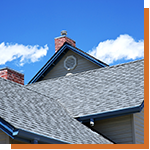 Asphalt Shingles
Asphalt ShinglesReplace Every 15 to 30 Years
-
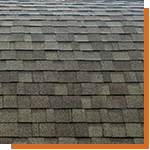 Architectural (Laminated) Shingles
Architectural (Laminated) ShinglesReplace Every 25 to 30 Years
-
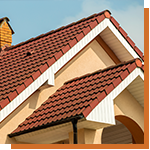 Clay Tile
Clay TileReplace Every 50 Years
-
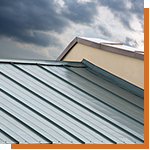 Metal
MetalReplace Every 70 Years
Roof age and life expectancy is a guide rather than a rule. Younger roofs, under certain circumstances, will need to be replaced sooner. If your roof was put to the test by a major storm, hurricane, or a harsher-than-expected winter you may want to consider having it inspected by a roofing professional. Regular inspections are not only good cautionary measures, they can catch small problems before they become large ones.
Next Check For These 9 Warning Signs
Now you know your roof’s age and your roof’s expected lifespan. You’ll want to take one step further and check your roof for any warning signs. Any of the warning signs identified below could be alerting you to the need for a roof replacement.
9 Signs you need a new roof
- Leaks in roof
- Curling shingles
- Missing shingles
- Blistering in shingles
- Cracked shingles
- Granule loss
- Rotting shingles
- Holes in roof
- Sagging roof

#1
Leaks
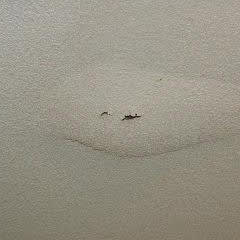
Leaks are one of the more obvious and apparent signs it’s time to seriously consider a roof replacement. Leaks are visual indicators that water is coming into your home due to a roof-related defect.
When it comes to leaks, don’t wait for further warning signs. 40% of all problems with a building (both residential and commercial) are found to be tied back to water intrusion. Even a relatively small amount of water damage can wreak havoc on a home, causing extensive mold and mildew damage within just 24 hours.
If you don’t see an active leak, you can also spot this problem as staining on the walls or ceilings.
#2
Curling or Buckling Shingles
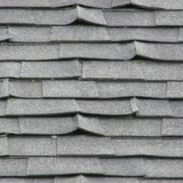
Once your shingles begin to curl or buckle there’s no going back. Shingles cannot be uncurled.
What does this mean? Besides being unsightly, shingles that have curled back are no longer about to create a watertight barrier. This means your home is now susceptible to leaks—not good.
Begin to consider a replacement when the majority of your roof’s shingles have buckled. If you’re unsure if a replacement may be needed sooner, contact your local roofer for a professional inspection.
#3
Missing Shingles
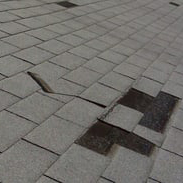
As with curling, buckling, blistering, and cracked shingles, if you having missing shingles then the integrity of your roof is in danger. If shingles have been ripped from your home during a storm or other incident, you’ll want to consider calling in repairs quickly.
Missing shingles open up your home to potential leaks. And while your roof will, at the very least, need a repair to replace the missing shingles, more severe damage may require a complete roofing replacement.
#4
Blistering

Blistering on shingles creates bubbled up spots where gas or moisture has built up. This is generally attributed to poor attic ventilation, sun exposure, and the natural aging of an older roof.
Luckily, blistering doesn’t always warrant an entirely new roof. If it’s caught early on and isn’t coupled with too many additional warning signs you can generally get by with a repair.
#5
Cracked Shingles
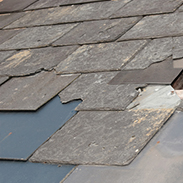
Cracks in shingles sometimes develop due to lower quality shingles being installed on a home. This is usually the case when cracks show up in younger roofs.
If your roof is further along in its lifespan, you may begin to notice cracked shingles as a side effect of the shingles expanding and contracting as the temperature changes. Cracked shingles can cause lower wind resistance (especially important in stormy areas) and leaks. Severe shingle cracks will need to be repaired or could require a complete roof replacement.
#6
Excessive Granule Loss
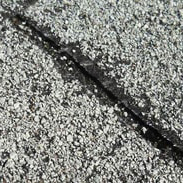
Older roofs that are approaching the end of their lifespan will begin to lose shingle granules.
You’ll likely find these particles in your gutters or on the ground around your home. This is a clear sign your roof needs to be replaced. Your next move is to go ahead with getting a quote from a roofing contractor to avoid your roof breaking down further.
#7
Rotting Shingles
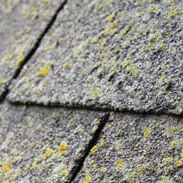
Rotting shingles, when caught early, may only require replacement of the affected shingles. In some situations rotting shingles, when left unchecked, can spread rot and algae to other areas of your roof.
Unfortunately, while rotting shingles themselves can be replaced, a rotting roof can mean your roof’s integrity has been compromised and will need to be completely replaced.
#8
Light Can Be Seen Through Your Attic
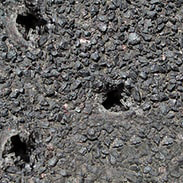
Outside light creeping in through small holes in your attic is an indicator you may need a roof replacement. Water can get into your home through these small holes and cause extensive damage.
If you don’t see light coming in through your roof, you may instead see soft spots, water staining, and moisture which are alternative indicators of the same problem. Regardless, holes in your roof will require a replacement to protect your home.
#9
Sagging Roof
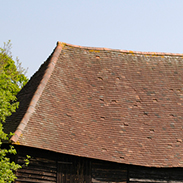
A sagging roof, rather due to extensive water damage, excessive weight from snow, or design flaws, will require a full roof replacement. A sagging roof can be identified by dips or curves along rooflines.
A sagging roof should be addressed quickly to prevent the sagging from becoming worse.
Then Get a Professional Opinion
Now that you’ve spotted concerning indicators of an aging roof and tracked down your roof’s true age, it’s now time to turn to the experts. Getting a professional opinion via a roof inspection by a roofing contractor will help you determine if repair or replacement is right for your home.
Roofing contractors who provide inspections have the correct tools, equipment, and safety training to check your roof in-depth. These roofing inspections can unveil hidden problems in your roof that may have significantly shortened its lifespan.
Contact us to request a quote for the repair or replacement of your roof.

